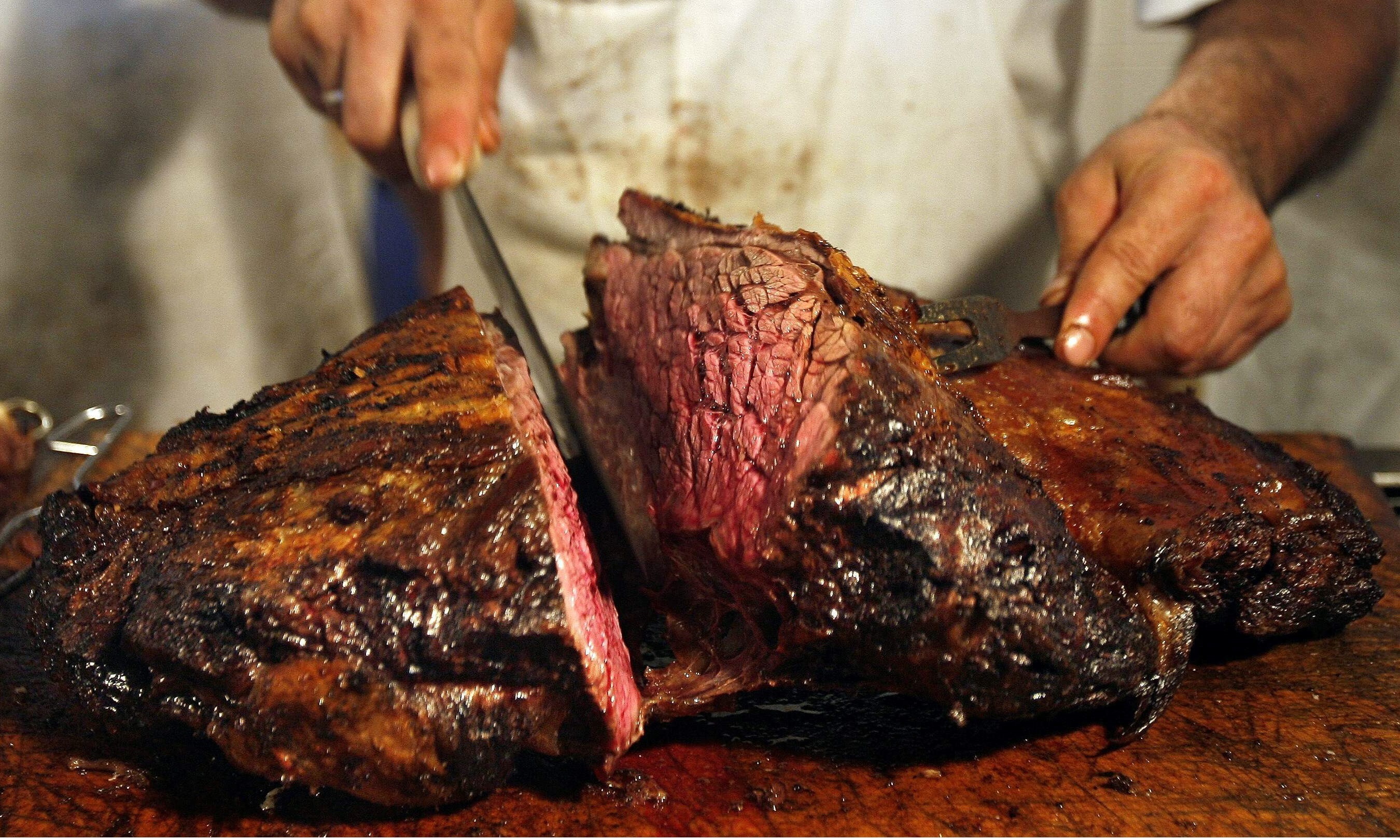
The Consumer Price Index (CPI-Cost of Living) increased in February by 4.7% and stood above 3.9% in January, according to the National Institute of Statistics and Censuses (Indec). In this context, the increase in the Food and Non-Alcoholic Beverages division was the one with the highest incidence in most regions, with an increase of 7.5 per cent.
The most important thing in the division was the increase in vegetables, tubers and legumes, where lettuce stood out, as in January, with a rise of 72.7% in price, as well as tomatoes, potatoes and onions. In this regard, fruits, especially lemon and orange, registered strong increases, with increases of 27% and 19.8%, respectively.
The Food and Non-Alcoholic Beverages division was the one with the highest increase of the month nationwide, as well as being the one with the highest incidence in all regions: on average, it contributed more than 2 percentage points to the increase in the General Level.
Among the 10 foods that rose the most in February, lettuce stands out, with a sharp increase of 72.7%, followed by tomatoes, also per kilo, which had a price increase of 40.8%. The podium was completed by the onion (per kilo), registering an increase of 30.8 percent.
Further back is the lemon, per kilo, with an increase of 27%; the dozen chicken eggs, which increased by 22.5%%, the orange per kilo, whose price jumped by 19.8% and the potato, with an increase of 16.3%.
The list of the 10 foods that increased the most in the second month of the year is completed by milk powder, up 15.9% -; minced meat, which increased by 11.7%, and kilo of apple, with an increase of 10.9%.
When the cuts of meat are observed, they recorded significant increases. The palette rose by 7.8% in February, followed by the buttock, which registered an increase of 7.7% and by the rump, with an increase of 6.6%. Meanwhile, roast rose by 2.8%, while chicken increased 4.8% and hake filet increased by 8.3%.

In this context, meat consumption continues at historically low levels and with no view to a recovery that puts it back to historical average values. According to a report by the Chamber of Meat Industry and Trade (CICCRA), February had a per capita consumption per year of 48 kilograms, which meant a fall of 1.8% compared to that recorded in the same month of 2021.
This means that during the second month of the year Argentines consumed the equivalent of 0.9 kilos less per capita per year, 2.4 kilos below those recorded in February 2020 and 7.1 kilos less than in the same period in 2019. In this way, this year's registration became the worst for this month, at least, since 2005, as marked by the work done by the business entity.
The Consumer Price Index was higher than expected by official estimates and projections from private consultants. The year continues with an inflationary rate that the Government considers high and which paves the way for an early part of 2022 with a high price situation.
This is despite the fact that the Executive launched a series of price freezes for mass consumer products, including food, in a wide basket of 1,321 items and that it had the consensus of companies in the sector.
Meanwhile, at the end of January 2022, market analysts that the Central Bank relieves every month projected that retail inflation for this year will stand at 55 percent.
KEEP READING:
Últimas Noticias
Debanhi Escobar: they secured the motel where she was found lifeless in a cistern

The oldest person in the world died at the age of 119

Macabre find in CDMX: they left a body bagged and tied in a taxi
The eagles of America will face Manchester City in a duel of legends. Here are the details

Why is it good to bring dogs out to know the world when they are puppies




